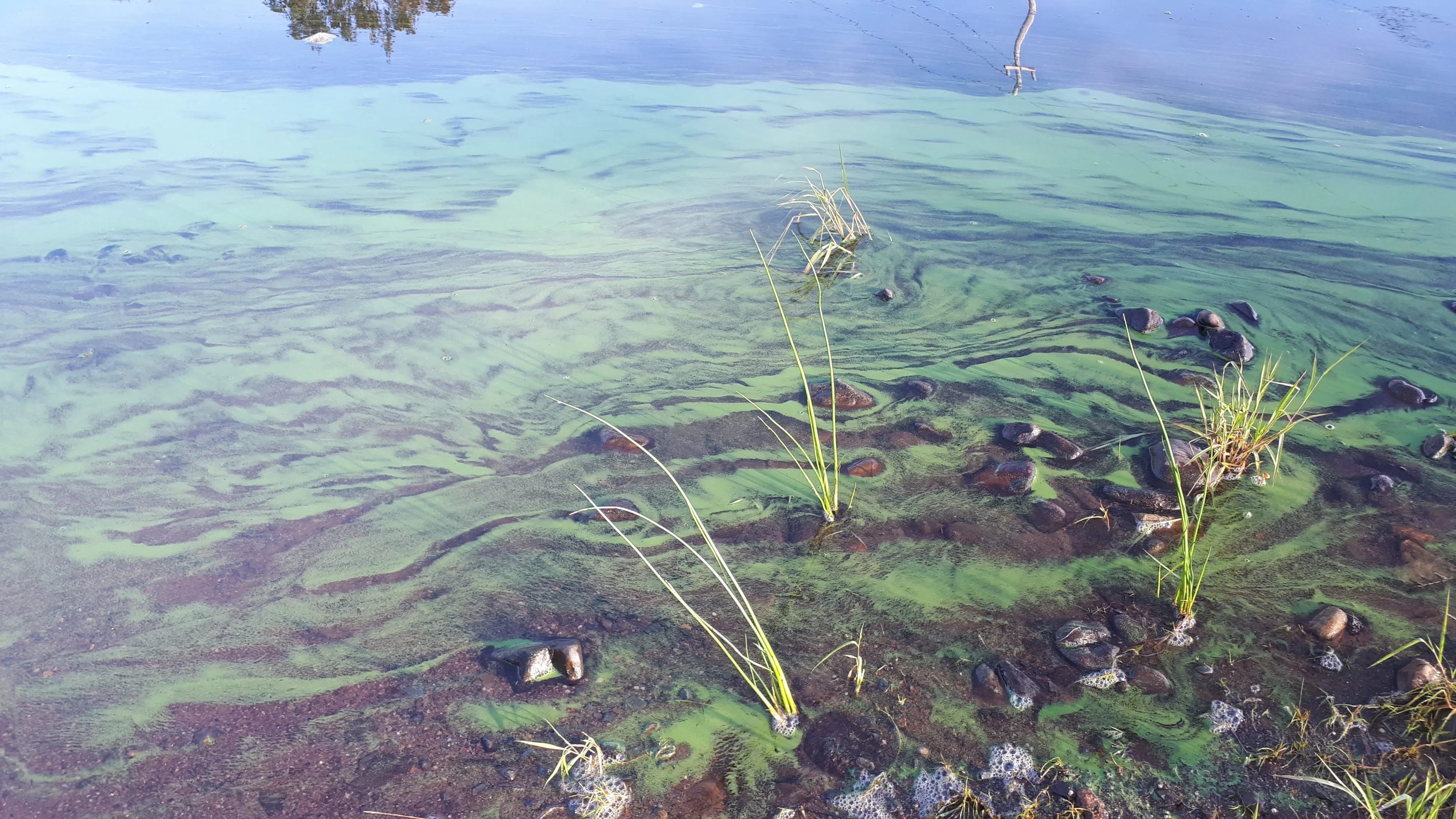As we get closer to the summer, the province says to prepare for blue-green algae.
It is a naturally occurring plant-like substance that can be found in freshwater, such as lakes, and is more likely to grow in warmer weather.
Algae blooms can look like fine grass clippings in the water, spilled paint, pea soup, or at times look like a thick scum.
Mats can be found in shallow areas of lakes, rivers, and along the shore and can look like clumps of vegetation and may look black, brown or dark green.
Mats can come off of the bottom and wash ashore, appear grey and have a bad smell that can attract dogs.
Symptoms
If you swim in or have contact with contaminated water, it can cause itchy eyes and skin.
However, breathing in or swallowing the water can cause more severe symptoms like headaches, fever, stomach pain, diarrhea, nausea or vomiting.
For pets, it can be fatal.
“Nova Scotia is known for our abundance of beautiful lakes, which are enjoyed for swimming, boating and walking along the shore,” said Timothy Halman, Minister of Environment and Climate Change.
“Climate change is causing more blue-green algae in our lakes and other freshwater bodies. As summer approaches, we are reminding Nova Scotians about the tools available to help them recognize and prevent exposure so they can enjoy our lakes and other freshwater safely.”
You can reduce the risk by:
– scanning the water and shoreline for blue-green algae before going into fresh water or letting children and pets play in it
– avoiding contact with blooms
– not drinking fresh water when swimming or enjoying lakes
– calling a veterinarian if a pet comes into contact with a bloom
– reporting sightings by calling 1-877-936-8476.
The province says they will continue to have QR codes to scan at provincial parks to learn more.











